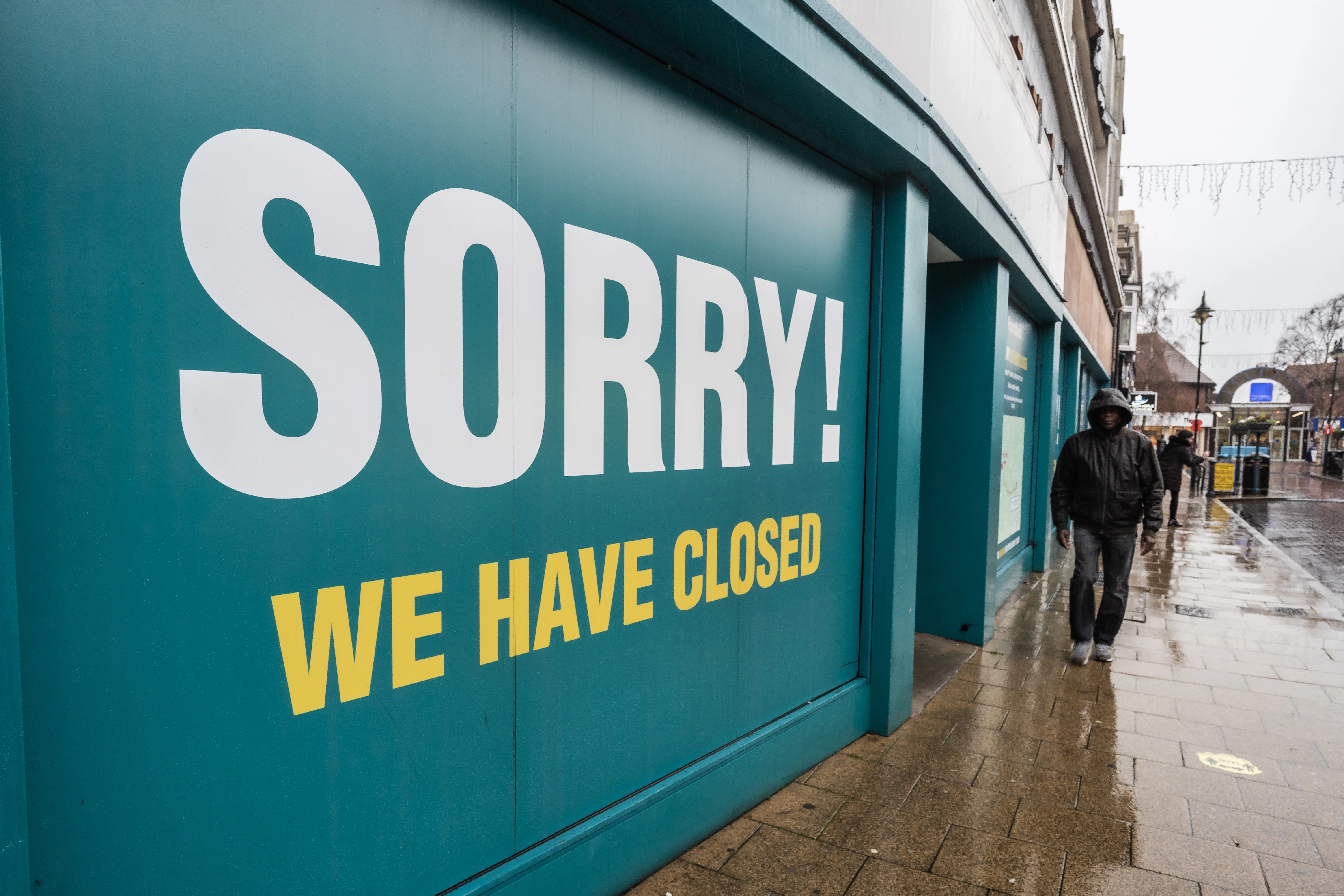
Partner Article
What’s happening with empty property relief?
The property industry were in uproar as the government debated empty property rates for businesses. The Non-Domestic Rating Bill proposed changes to ensure more transparency, yet many are still sceptical as to its ability to carry this out. More recently however, central government and local authorities appear to be focusing on the minority who abuse the empty property rates system. This is instead of ensuring that support for the majority is stabilised and simplified.
The autumn statement should have provided a good platform for the government to have their say on empty property. Experts across the board however were disappointed when they were less than forthcoming. Both on camera, and in writing.
According to the Department for Levelling Up, Housing & Communities, previous consultations suggest that businesses are maintaining a minimal occupation period to obtain repeated reliefs. As such, the government were reviewing how empty property reliefs should work, if not scrapped altogether. This could have a negative impact on charitable organisations, who often hold vacant properties for use such as aid distribution centres. Historically, they also have zero rates liability (as long as the properties in question are used for charitable purposes). One drawback of such reviews, is that many believe it will mean charitable organisations will lose out on empty property relief altogether.
The current economic climate is discouraging investment on a local and national level
Business owners and leaders are unable to invest in their own operations; with few looking to take on additional properties in this high inflation - low growth economy. Many may be eligible for reliefs – such as Retail Hospitality and Leisure (RHL), which has been extended to offer a continued 75% discount to rates payable. As business rates are usually in the top four outgoing costs for any business, this generous relief should be allowing commercial property owners and tenants the wiggle room they need to invest. In reality however, it is simply procrastination at work.
Anthony Hughes, Managing Director at RVA Surveyors, was happy to weigh in.
“The tricky thing here is balancing between ensuring those in actual need of reliefs have them swiftly applied, compared to the minority who are gaming the system,” Hughes said. “Because that doesn’t help anyone. Punishing the many for the actions of a few, is a ridiculous stance to take when business rates have climbed so high. And are set to rise even further for many, when April [2024] comes around.”
What about empty property relief?
Empty properties are eligible for business rates relief for a period of three months. This extends to six months for industrial units (as these are generally recognised as being harder to find a tenant for). After this period, a property cannot benefit from empty property relief unless the property in question is then occupied for a period of at least six weeks, before it once more becomes vacant.
A Treasury spokesperson said in September: “There are no plans to abolish Empty Property Relief for anyone. While this relief provides important support to landlords with vacant properties, local authorities and previous respondents to consultations have identified it as a significant channel for avoidance activity. The government is therefore seeking views on proposals that aim to balance support for those who require it with the need to tackle abuse.”
One of the latest consultations on empty property business rates focuses on proposals to reduce evasion and avoidance
In Wales, they have already implemented a plan to cut down on those attempting to circumvent paying business rates. The ‘reset period’ (six weeks) required before a property can become vacant and therefore be eligible for the relief once again, has been extended to a minimum of six months. This is one of the proposals considered in the Business Rates Avoidance and Evasion Consultation.
The Local Government Association (LGA) estimated that for 2017/2018, unpaid business rates cost the Treasury £250 million. This was around 1% of the projected total business rates income for that year. The most common way of doing so, was found to be repeated short term occupation of a property. Resulting alone, in an average loss of £396,000 for that tax year. This is but a drop in the ocean when business rates are expected to pull in £24.9 billion for 2023/2024. Government resources would be better prioritised streamlining the business rates system for modern needs.
This was posted in Bdaily's Members' News section by RVA Surveyors .




 test article 123456789
test article 123456789
 hmcmh89cg45mh98-cg45hm89-
hmcmh89cg45mh98-cg45hm89-
 test456456456456456456
test456456456456456456
 test123123123123123123
test123123123123123123
 test xxxdiosphfjpodskhfiuodsh
test xxxdiosphfjpodskhfiuodsh
 Savour the flavour: North Tyneside Restaurant Week returns for 2024
Savour the flavour: North Tyneside Restaurant Week returns for 2024
 Six steps to finding the right buyer for your business
Six steps to finding the right buyer for your business
 Stephen signs off on a special night
Stephen signs off on a special night
 Life’s a Peachaus: Gillian Ridley Whittle
Life’s a Peachaus: Gillian Ridley Whittle
 Making a splash: Phil Groom
Making a splash: Phil Groom
 Making workplace wellbeing a priority
Making workplace wellbeing a priority
 A record of delivery, a promise of more: Ben Houchen
A record of delivery, a promise of more: Ben Houchen